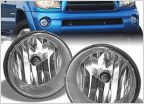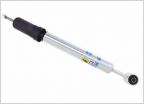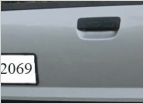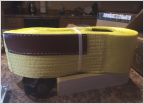-
Welcome to Tacoma World!
You are currently viewing as a guest! To get full-access, you need to register for a FREE account.
As a registered member, you’ll be able to:- Participate in all Tacoma discussion topics
- Communicate privately with other Tacoma owners from around the world
- Post your own photos in our Members Gallery
- Access all special features of the site
coil preload question
Discussion in '2nd Gen. Tacomas (2005-2015)' started by doughboy, May 5, 2014.
Page 2 of 4
Page 2 of 4


 Cigarette Lighter popping out of the socket
Cigarette Lighter popping out of the socket 5lug lighting
5lug lighting 5100’s to Help Ride Quality
5100’s to Help Ride Quality DIY: tailgate license plate
DIY: tailgate license plate Please recommend a good tow strap for me
Please recommend a good tow strap for me








































































